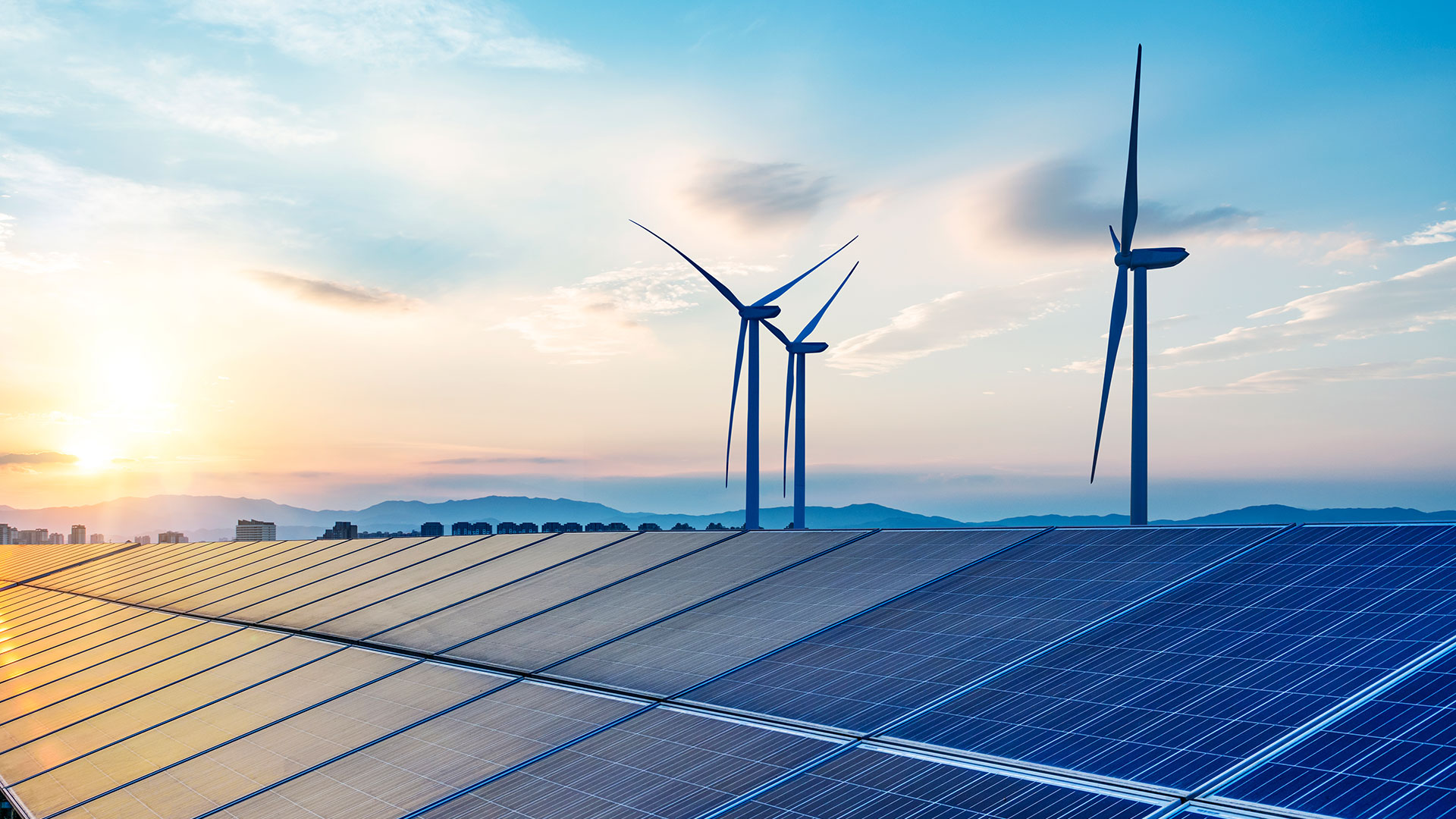Has the German Energiewende been successful so far?
The goal of reaching climate neutrality by 2045 is ambitious, but achievable. It requires decisive policy action and a comprehensive mix of instruments and measures, with no “one size fits all” solution. A successful energy transition will not only help to limit climate change and avoid its worst impacts but also to ensure long-term energy security and competitiveness.

Return Button
German climate policy and emission reduction progress
The Climate Change Act (Klimaschutzgesetz) establishes legally binding medium- and long-term emission reduction targets for the entire economy. Amendments in 2024 include a shift from sector-specific targets for energy, buildings, transport, industry and agriculture to an economy-wide, cross-sectoral reduction target.
In 2024, Germany’s greenhouse gas emissions are estimated to have fallen to 656 MtCO2eq – the lowest level in 70 years – 48% below 1990 levels and 36 MtCO2eq below the target. The power sector has seen remarkable progress, with the rapid growth of renewable energy sources while phasing out nuclear and plans to phase out coal. Germany’s renewables share in power consumption increased from 6.5% in 2000 to 55% in 2024. Notably, wind and solar power accounted for 43% of Germany’s electricity generation in 2024, reducing reliance on fossil fuels and lowering emissions. Energy efficiency improvements have helped to reduce overall energy demand in recent decades. Germany has managed to decouple economic growth from energy consumption – while GDP has increased, total primary energy consumption has declined.
Looking ahead, Germany’s climate targets remain ambitious (see: What are the targets for the German Energiewende?). While the power sector is largely on track to meet its targets, it is now crucial to extend the transformation to the power demand sectors industry, buildings and transport.
Electrification of the transport sector should be supported by purchase incentives for electric vehicles and the expansion of public transportation networks. The buildings sector needs large-scale retrofit programmes to improve energy efficiency and replace fossil-based heating systems. In the industrial sector, electricity-based technologies such as electric boilers and large-scale heat pumps, along with green hydrogen, are key to reducing both fossil gas consumption and emissions. This requires investment, coming from public and private sources (see: How much investment is needed to reach climate neutrality in Germany?), in clean technologies through improved tax incentives and an investment premium for small and medium-sized enterprises. Expanding access to carbon contracts for difference, strengthening lead markets for clean products and implementing ambitious public procurement laws focusing on non-price criteria are crucial. Additionally, introducing hydrogen quotas, ensuring fair competition through the EU Carbon Border Adjustment Mechanism (see: EU Carbon Border Adjustment Mechanism) and establishing new product standards at the EU level will be necessary. Strategic foreign climate policy should promote international standards and foster export markets for climate-friendly products (see Agora (2024)).
A smart policy mix is critical, combining regulation, incentives for early adopters of breakthrough technologies (such as green steel and electric mobility) and a well-designed framework that encourages innovation and fosters economic growth. Beyond economic and environmental considerations, the energy transition should be socially just and inclusive, ensuring affordable clean electricity for both industry and households. A just transition needs to include targeted support mechanisms to provide equitable access to clean technologies, particularly for vulnerable groups, and to protect them in the meantime from the rising costs of fossil-based solutions such as conventional cars and fossil fuel heating systems.
Monitoring progress
To track progress towards mid- and long-term energy transition targets, the government has established different monitoring processes:
A periodic monitoring report is published every one to two years which compiles aggregated statistical data. It uses 58 quantitative indicators across 13 fields of evaluation and employs a point-based system to assess achievenments against these quantitative targets. The report provides detailed updates for each field and outlines measures implemented. 73
The “projection report” under the Climate Expert Council, a key element under the Climate Protection Act (Klimaschutzgesetz), came into effect in 2019, with its first publication in 2020. It is now published annually. If the report predicts that Germany will miss the 2030 climate target for two consecutive years, the government is obligated by law to take additional measures to close the gap. The Expert Council forecasted a shortfall for 2024, and if this pattern persists in 2025, further action will be required.74
The “progress report”, published every three years, offers a more holistic analysis. It evaluates targets, policies and the implementation of key measures in various sub-sectors, highlighting areas where progress is insufficient. The report also identifies additional actions required to ensure Germany remains on track to meet its energy transition goals and targets. So far, it has been published twice, in 2014 and 2019.75
All monitoring reports are available on the BMWE website.76 Every two years an independent commission of experts, largely drawn from academia, provides an evaluation of progress on the country’s energy transition.
Last revision on .
